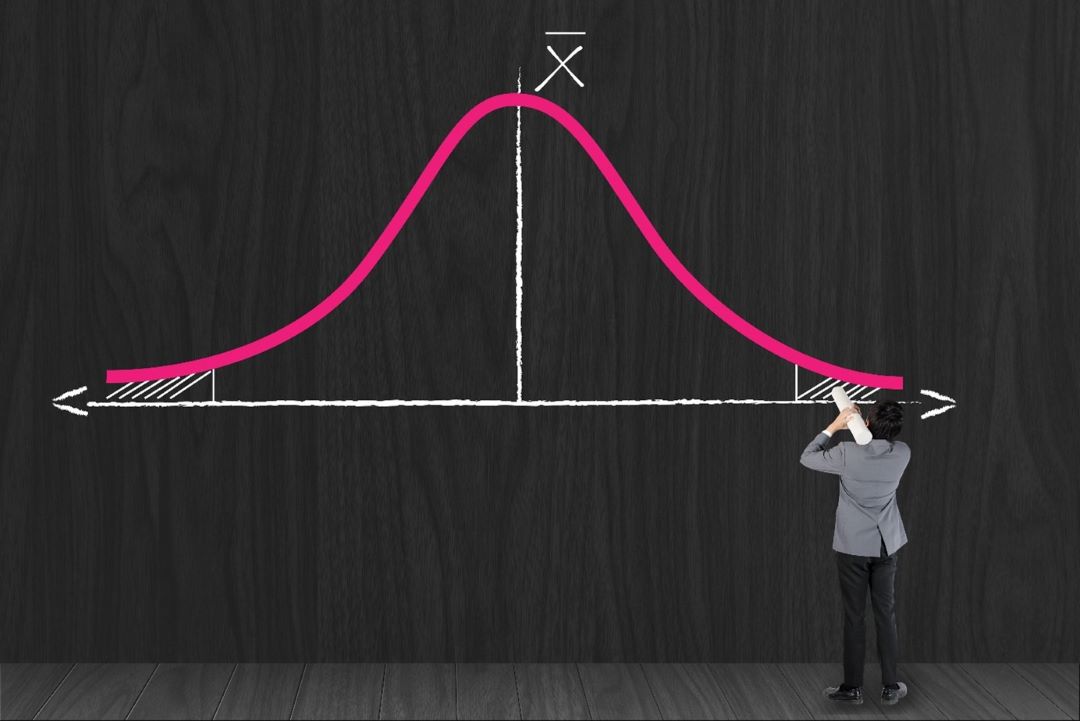Aukus Reveals What’s Wrong with Global Supply Chains
What is the relationship between submarines and the global supply chain? Don’t worry, it doesn’t have to do with underwater container ships, and Elon Musk hasn’t floated the idea of a silk road via an underwater Hyperloop. Well, not yet, I guess. But what is it about? We have recently seen in the press the … Read more














